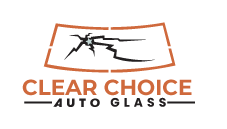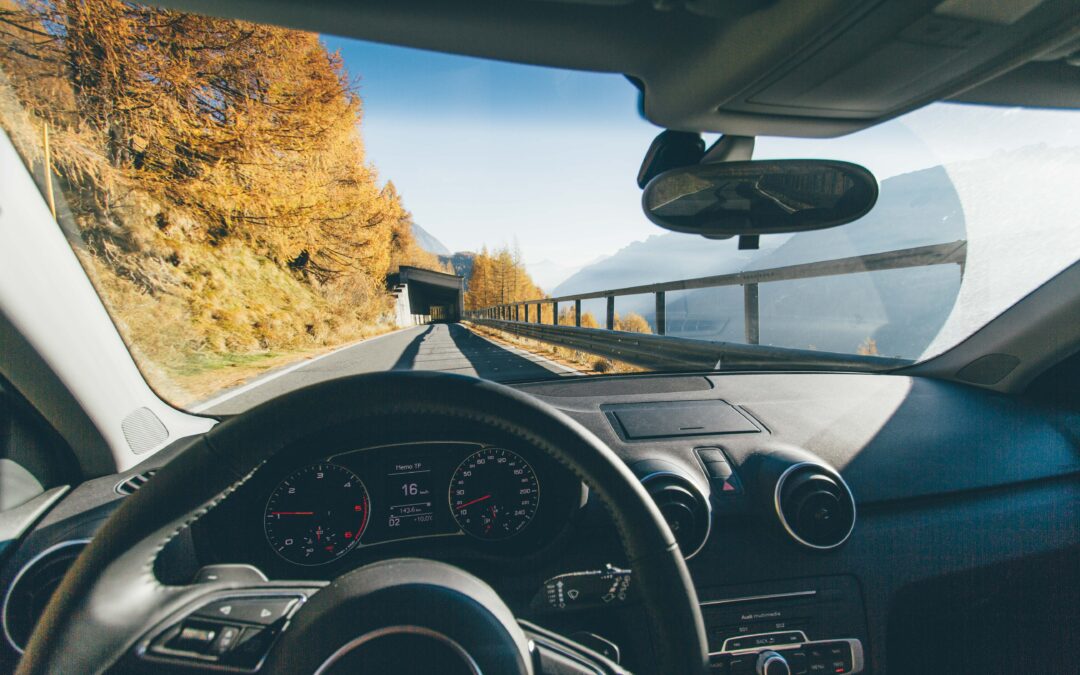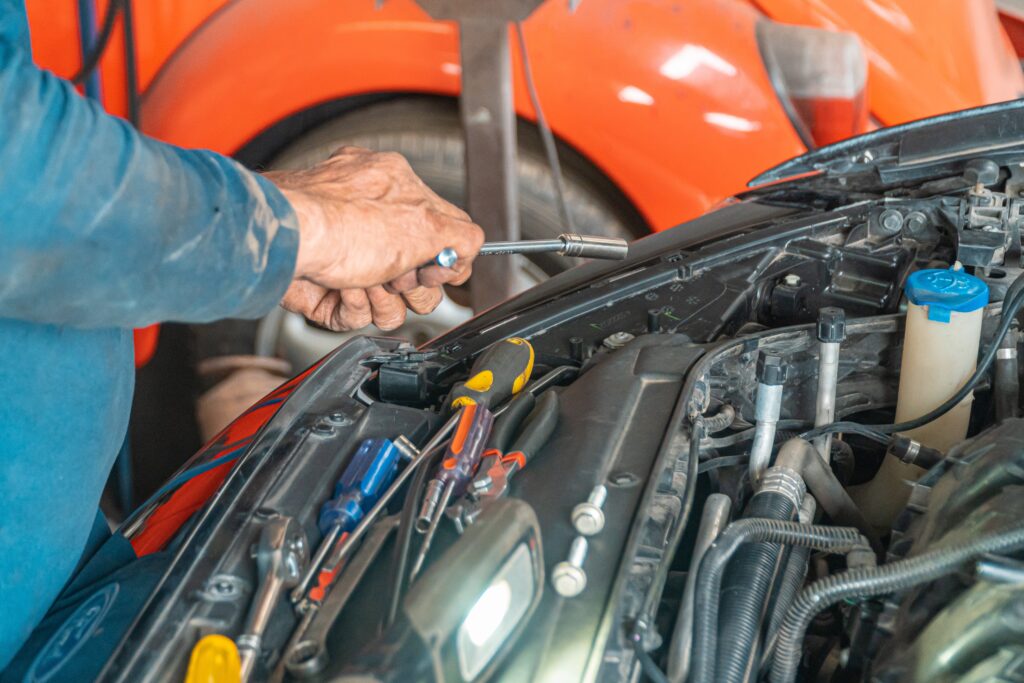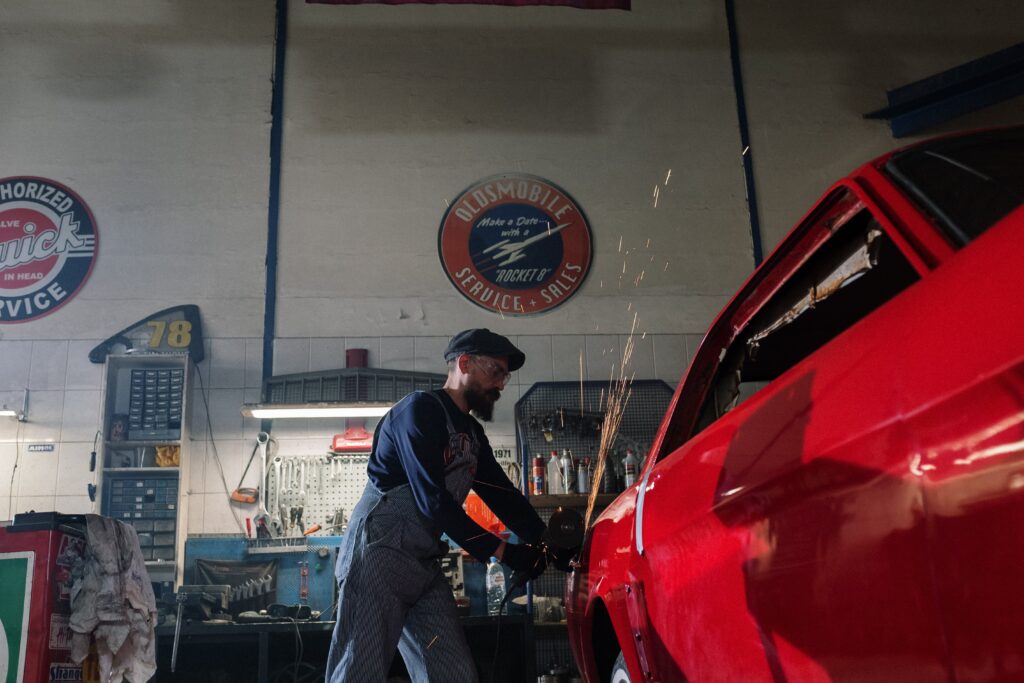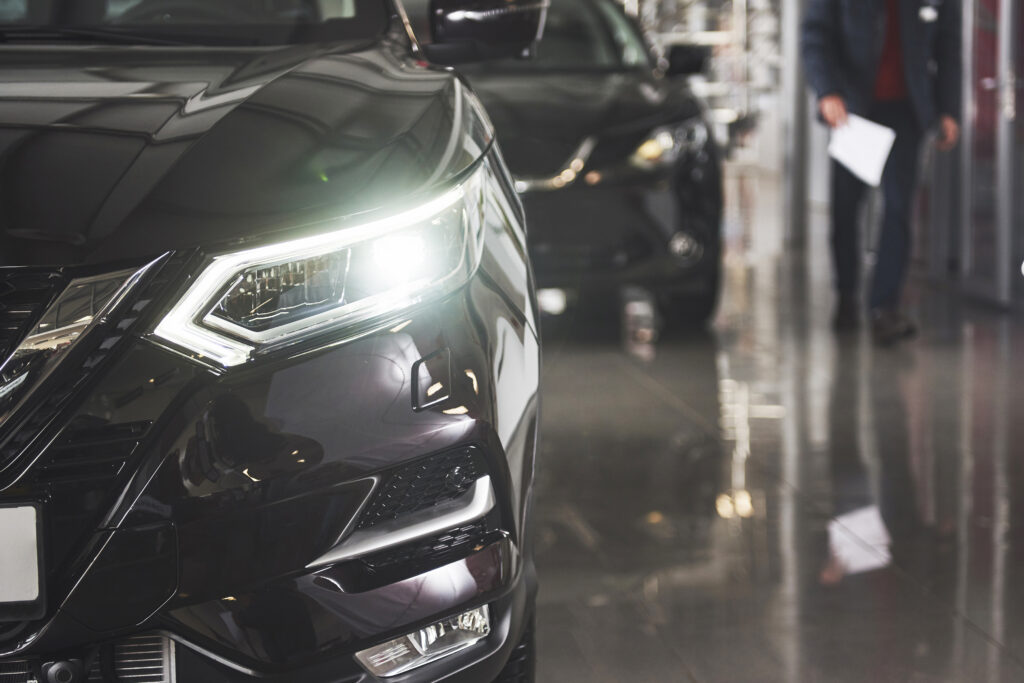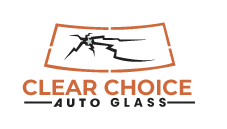windshields
Any car owner’s top priority is their safety. The car’s windshield is one crucial aspect that has a significant impact. A windscreen glass shields the driver and passengers from potentially harmful dust, dirt, and debris because it is made specifically for automobiles. A decent windscreen must be shatterproof to prevent the driver and any passengers within from being hurt or injured by the glass’s shards. Several procedures are used for auto glass repairs and replacement depending on the kind of vehicle glass. Not just that. It is up to the specialists to thoroughly examine a particular type of damage before repairing or replacing it. At Clear Choice Auto Glass, we are experts in installing and repairing windscreens and other window panes for cars and SUVs.
Laminated Glass
Since the 1920s, laminated glass has been used for almost a century. It consists of just two sheets of glass with a plastic polyvinyl butyral (PVB) covering. High temperatures are required to infuse these layers together. The glass is made to be as strong as possible and does not shatter in the event of an accident. The PVB layer prevents the glass from shattering upon impact while ensuring that no sharp glass fragments fly by during an accident and cause auto glass repairs and additional injuries. The car’s front and rear windscreens often use it.
The external layer of the glass is harmed when pebbles or rocks strike the windscreen, making auto glass repair service possible. Just type “windscreen repair near me” into Google to find the closest shop and drive there to fix it. Although laminated glass is typically used in vehicles, it has also been used in businesses and workplaces.
Tempered Glass
The side windows of an automobile are made of tempered glass. Tempered glass is made by rapidly cooling curved glass after it has been heated to high temperatures. It becomes ten times stronger due to this treatment than conventional glass. Contrary to laminated glass, tempered glass completely dies in an accident, making auto glass repairs in Ottawa impossible. Also, it is not used for windscreens since it cannot give the cushion that laminated glass provides.
Like laminated glass, tempered glass finds use outside the automotive sector. Tempered glass is ideal for usage on phone screens and in cooking.
Advantage Of Laminated Glass Over Tempered Glass
Its main benefit is the capability of laminated glass in vehicles to endure catastrophic accidents. It provides excellent protection for drivers and passengers and may be used for front and back windows. To increase security, you can install laminated glass side door windows.
Glass is mainly used to offer privacy and shelter from the elements. It implies that it must be able to withstand extreme temperature variations and prevent any form of a break-in. Laminated vehicle glass is a high-tech device that can achieve all of this and much more.
In contrast to tempered glass, laminated glass offers the option of auto glass repair for minor cracks. The break is filled with specialist glue, restoring the glass.
The Disadvantage of Laminated Glass In A Car
The most typical drawback of laminated glass is that it is expensive to replace a new windscreen since it is prone to breaking upon collision, even with minimal force.
-
Advantage Of Using Tempered Glass
Tempered glass’ primary benefit is its affordability. Tempered glasses are less expensive and simpler to maintain than laminated glass. Due to their low cost, several commercial operators still utilize tempered glass windscreens in their trucks, buses, and canters. Moreover, tempered glass is less likely to break due to stone or other foreign objects since it is more robust than laminated glass.
-
The Disadvantage Of Using Tempered Glass
The main drawback is the lack of a PVB layer, which can prevent a dangerous object from entering the automobile chamber. Tempered glass, in contrast to laminated glass, smashes impact and cannot thus shield the passengers. Also, unlike a laminated windscreen, tempered glass cannot be repaired when it breaks entirely on contact.
